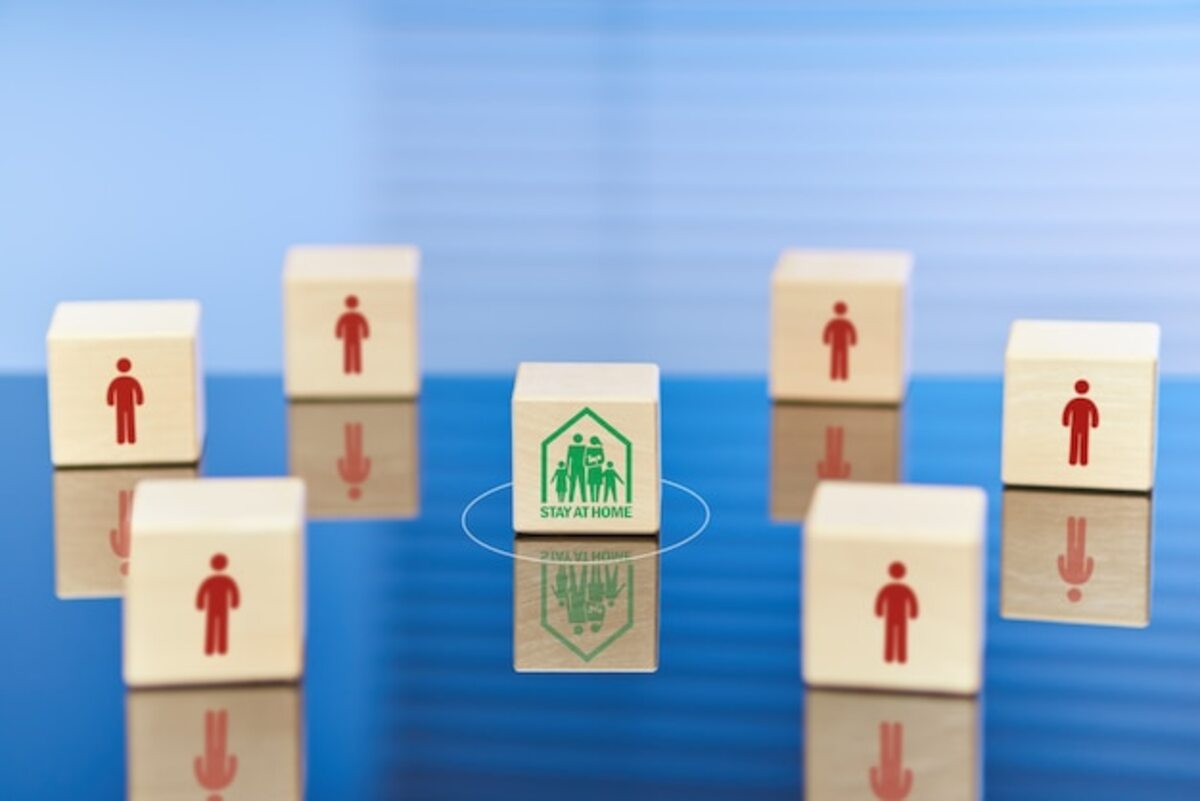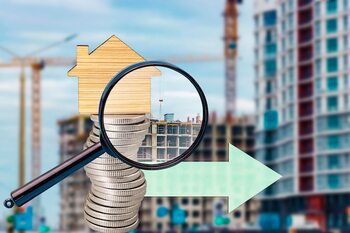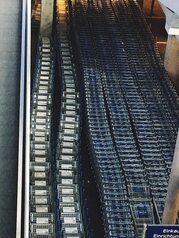The influence of neighborhood identity on your home's value

Neighborhood identity plays a crucial role in the perception and value of your home. When choosing where to live, you not only consider the physical characteristics of the property but also the social environment surrounding it. A welcoming neighborhood with a strong identity can significantly increase the appreciation of your investment. In this article, we will explore how community living influences the value of your home and why you should pay attention to these aspects when buying or selling.
What is neighborhood identity and why is it important?
Neighborhood identity refers to the set of characteristics, values, and traditions that define a specific community. This identity encompasses not only the architecture and design of the environment but also the interpersonal relationships among residents, local culture, and the sense of belonging felt by the inhabitants. A strong neighborhood identity can manifest in community activities, local festivals, and an atmosphere of mutual support, which contributes to social cohesion. This sense of unity not only enhances the quality of life for residents but also creates an appeal for future buyers.
The importance of neighborhood identity lies in its direct influence on the perception of real estate value. Potential buyers tend to value more those areas where they feel they can easily integrate and enjoy a friendly and safe environment. A neighborhood with a strong identity can translate into greater interest from buyers, which in turn can increase property prices. In this sense, understanding how social dynamics work within each community is key for anyone interested in maximizing the value of their home or making a smart real estate investment.
2. Characteristics that define a vibrant community
The characteristics that define a vibrant community are essential for creating an attractive and desirable environment. Firstly, the active participation of residents in community activities is a key indicator. Events such as fairs, local markets, and festivals not only encourage interaction among neighbors but also create a sense of belonging. When people feel that they are part of a strong social network, they are more likely to take care of their surroundings and contribute to the upkeep of the neighborhood, which in turn can elevate property values in the area.
Furthermore, the cultural and demographic diversity of a community can significantly enrich it. Vibrant communities tend to be inclusive and welcoming, attracting people from different backgrounds and interests. This variety creates a dynamic mix that fosters the exchange of ideas and traditions, making the neighborhood a more interesting place to live. The presence of well-maintained public spaces, such as parks and plazas, is also vital; these places not only serve as meeting points for residents but also contribute to the overall quality of life. An attractive environment can be a great magnet for potential buyers, which positively impacts the value of your home.
3. Impact of the sense of belonging on real estate value
The sense of belonging in a neighborhood is a determining factor that can significantly influence the real estate value of a property. When residents feel they are part of a cohesive community, social and emotional bonds are created that not only enhance quality of life but also foster a safer and more attractive environment. This type of connection among neighbors can translate into greater care for public spaces, which in turn helps to maintain or even increase property values in the area. Areas where residents actively participate in community activities tend to be perceived as more desirable to future buyers, reinforcing the sense of belonging and, consequently, the real estate value. Moreover, communities with a strong identity often have services and amenities that reflect their shared values, such as well-maintained parks, local events, and family-owned businesses. These factors not only enrich the daily experience of residents but also create a positive image of the neighborhood in the real estate market. Potential buyers are willing to pay more for properties located in areas where this sense of community and belonging is felt. Therefore, when considering the purchase or sale of a property, it is essential to evaluate not only the physical characteristics of the home but also the social dynamics of the surrounding neighborhood. This can make the difference between a profitable investment and a missed opportunity.
4. The influence of community events on added value
The appreciation of a property not only depends on its intrinsic characteristics, such as the size and condition of the house, but is also strongly influenced by community events held in the neighborhood. These events, which can range from local fairs and cultural festivals to farmers' markets and social gatherings, foster a sense of belonging among residents. When people feel connected to their community and actively participate in these activities, they are more likely to take care of their surroundings and promote a pleasant environment, which in turn can increase the area's appeal to future buyers.
Additionally, community events often attract visitors from other areas, which can put the neighborhood on the map as a desirable place to live. This visibility not only enhances the area's reputation but also creates opportunities for local businesses and increases the demand for properties. Vibrant communities with an active agenda of events are perceived as places with social and cultural life, which is highly appealing to young families and investors. Consequently, participating in or supporting these events not only fosters social cohesion but can also be seen as a smart strategy for improving the long-term value of your home.
5. The importance of maintaining good relationships between neighbors
Maintaining good relationships among neighbors is essential for fostering a healthy and safe environment, which in turn can have a direct impact on your home's value. When residents know and support each other, a sense of community is created that not only provides safety but also promotes social cohesion. Kind interactions and community activities generate a positive atmosphere where families can thrive and enjoy their surroundings. This makes the neighborhood a more attractive place for potential buyers, who are looking for not just a house, but a lifestyle.
Additionally, strong links between neighbors often translate into better communication and collaboration on common issues, such as safety or area maintenance. A committed group of neighbors can work together to organize events that strengthen the neighborhood's identity or even to improve local infrastructure. These types of initiatives not only beautify the place but also increase its long-term value. In summary, cultivating good relationships with your neighbors not only enhances your daily experience as a resident but can also be a smart investment for the future appreciation of your property.
6. How social media has changed neighborhood dynamics
Social media has transformed the way neighbors interact and relate to one another, creating new dynamics within communities. Through platforms like Facebook, Nextdoor, or WhatsApp groups, residents can communicate instantly, share information about local events, offer mutual assistance, and even organize community activities. This digital connection not only facilitates the building of closer relationships among neighbors but also fosters a sense of belonging and cohesion that can be decisive for those seeking a home. An active neighborhood on social media tends to attract people who value camaraderie and mutual support, which can significantly increase the area's appeal.
Additionally, social media allows for better visibility of the unique characteristics of each community. Residents can highlight their traditions, special events, and recreational opportunities through engaging posts and images. This not only promotes neighborhood identity among current residents but also captures the attention of potential buyers interested in that particular lifestyle. A neighborhood with an active online presence can enhance its reputation and public perception, which in turn can positively influence property values. Thus, when considering the purchase or sale of a property, it is essential to take into account how social media is shaping neighborhood dynamics and contributing to building a vibrant and valuable environment.
7. Successful examples of communities that increased their value
One of the most notable examples of communities that have managed to increase their value is the case of the neighborhood of Silver Lake in Los Angeles. This community, which previously faced economic and social challenges, has seen a significant transformation thanks to the cultural and artistic revitalization promoted by its residents. Local artists began organizing community events and craft markets, which not only strengthened the ties among neighbors but also attracted tourists and new residents interested in the creative environment. As a result, properties in Silver Lake experienced a considerable increase in their market value, reflecting how a strong neighborhood identity can turn an area into a desirable place to live.
Another successful example can be found in the neighborhood of Brooklyn, New York. Through community initiatives such as the creation of green spaces and neighborhood activities, this area has transformed its reputation. The residents decided to collaborate to beautify the streets and promote local commerce through fairs and cultural festivals. This collective effort not only improved the quality of life for current residents but also captured the attention of potential buyers and investors. As Brooklyn established itself as a dynamic and diverse cultural center, property values have increased exponentially, demonstrating how a cohesive neighborhood identity can positively impact the local real estate market.
8. Strategies to strengthen neighborhood identity
To strengthen neighborhood identity, it is essential to encourage active participation of residents in community activities. Organizing events such as local fairs, outdoor movie nights, or park clean-ups not only creates a sense of belonging but also allows neighbors to get to know each other better and build strong relationships. These interactions enrich the social fabric of the neighborhood, which in turn can translate into greater emotional and economic investment from homeowners. When neighbors feel connected to each other, they are more willing to take care of their properties and work together to maintain the quality of the environment.
Another effective strategy to strengthen neighborhood identity is to create communication groups, either through social media or specific digital platforms for the neighborhood. These virtual spaces allow the sharing of relevant information about local events, community concerns, and useful resources. Additionally, they provide a quick way to address common problems and promote initiatives such as infrastructure improvements or sustainable projects. By fostering open and constant dialogue among residents, a culture of collaboration is generated that can be beneficial for both social cohesion and the perceived value of homes within the real estate market.
9. How to assess neighborhood identity when buying a house
When evaluating neighborhood identity when buying a house, it is essential to observe different aspects that reflect the cohesion and character of the community. Visiting the neighborhood at different times of the day and week can provide you with a clearer perspective on the environment. Pay attention to how neighbors interact with each other: whether there are community activities, local events, or even simple everyday greetings. An environment where people know each other and share common interests tends to have a positive impact on property values, as it fosters a sense of belonging and security.
Additionally, research local organizations, such as neighborhood associations or community groups. These entities are not only indicative of active civic engagement but can also influence decisions related to urban development, safety, and public services. Consult sources like local social media or forums to gather opinions and experiences from current residents. This will provide you with a more comprehensive view of what it's like to live in that specific place, helping you discern if it truly aligns with your expectations and lifestyle. Ultimately, understanding the neighborhood identity will not only enrich your experience as a buyer but also ensure that your investment retains its value in the long term.
10. Final thoughts on investing in community and home
Investing in a strong and vibrant community not only enhances your quality of life but is also a smart strategy to maximize the value of your home. The connection with neighbors, the existence of community activities, and participation in local events create a sense of belonging that strengthens neighborhood identity. This type of environment is not only attractive to those looking to buy a house, but it can also influence future decisions about renovations or improvements to the property. Therefore, when choosing where to live, it is essential to consider how your home will integrate into the social fabric of the neighborhood.
Additionally, fostering positive relationships in your community can result in tangible long-term benefits. Areas where residents are actively engaged tend to have better public services, safety, and maintenance of public spaces, which in turn elevates the profile of the neighborhood and, consequently, the value of properties. Your home is not just a place where you reside; it is part of a broader ecosystem that can enrich both your economic investment and your personal experience. At the end of the day, investing in community means investing in a brighter future for you and for those who share the same environment.



